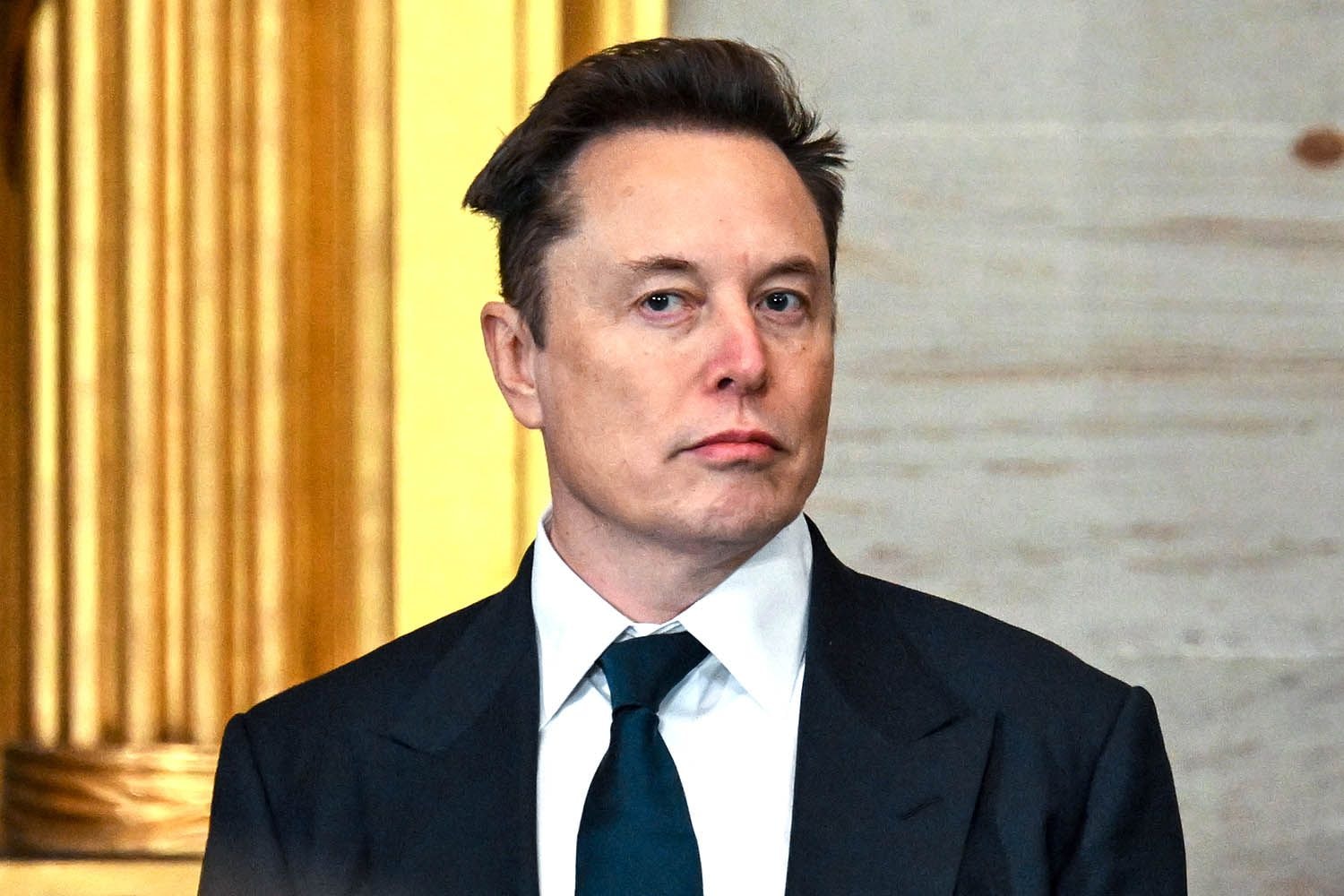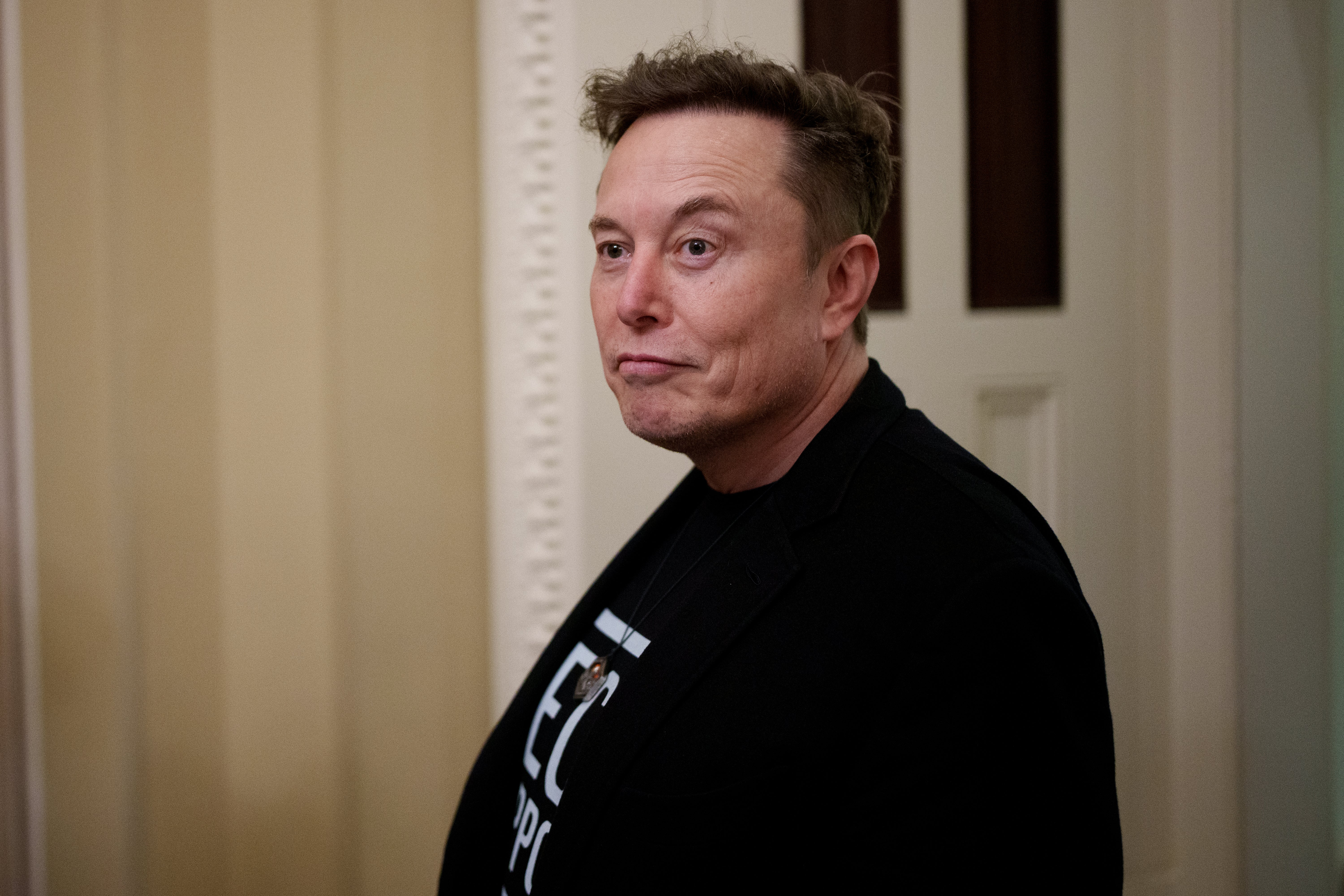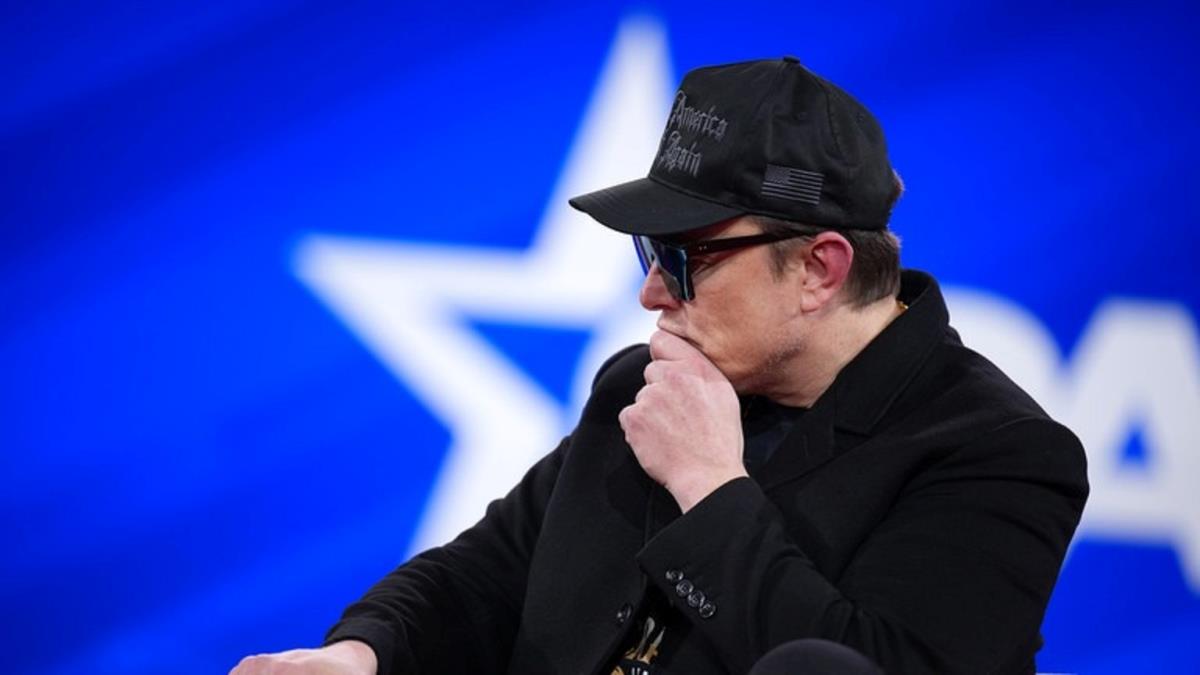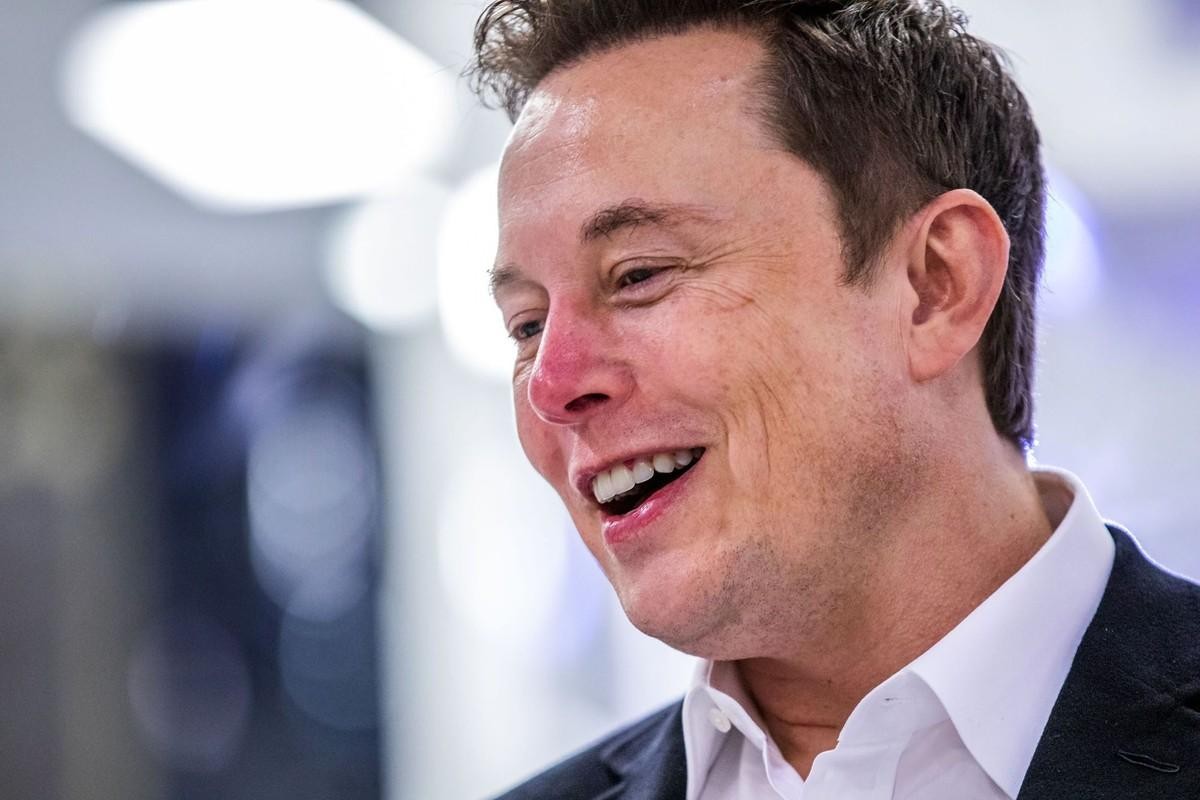
In a year marked by volatility, controversy, and staggering financial swings, Elon Musk has once again defied expectations. Despite overseeing a jaw-dropping $800 billion collapse in market capitalization across his business empire in the first four months of 2025, Musk remains firmly seated at the pinnacle of global wealth.
In a reality that seems to contradict the logic of modern finance, he has retained his title as the richest man in the world, a testament to the unmatched scale and resilience of the empire he has built. From electric vehicles and reusable rockets to artificial intelligence, underground tunnels, brain-machine interfaces, and social media, Musk’s reach continues to expand, even amid widespread turbulence in both markets and public sentiment.
The collapse in value came primarily from Tesla, which has faced an unrelenting barrage of headwinds since late 2024. The company, once hailed as the uncontested leader in the electric vehicle revolution, has seen its valuation cut in half amid disappointing delivery numbers, rising competition from China, lagging product innovation, and increasing political entanglements.
As Musk divided his attention between his official role in the U.S. government as head of the Department of Government Efficiency and his leadership across multiple private ventures, Tesla investors began to grow uneasy. First-quarter reports revealed a shocking 71 percent drop in profits, triggering mass selloffs and accelerating a decline that some say had been long in the making. Yet, through all of this, Musk’s personal fortune, while dented, remains the largest in the world, with estimates placing it still well above $200 billion.

Much of that enduring wealth is tied to the long-term potential of Musk’s wider business network. SpaceX continues to soar, both literally and figuratively. The company has secured new defense and commercial contracts, expanded Starlink to tens of millions of users across the globe, and is preparing for its first crewed lunar mission.
Unlike Tesla, which is exposed to consumer sentiment and regulatory risk, SpaceX benefits from long-term government partnerships and the high barriers to entry that define the aerospace sector. The valuation of SpaceX has continued to rise even as other parts of Musk’s empire falter, providing a critical cushion to his net worth.
At the same time, xAI, Musk’s artificial intelligence venture, is rapidly gaining traction. Positioned as a counterbalance to companies like OpenAI and Google DeepMind, xAI is developing new generative models and embedding them across Musk’s platforms. Its most visible product, Grok, already powers personalized recommendations on X, the social media platform formerly known as Twitter, which Musk also owns.
xAI’s integration across Tesla, SpaceX, and even Neuralink is becoming deeper by the month, and recent rumors of a $6 billion purchase order for Nvidia chips suggest that Musk is preparing for an even larger push into AI dominance. While not yet a direct revenue driver, xAI has become a magnet for investment and talent, signaling long-term value creation that continues to support Musk’s elite status on global wealth rankings.

Then there is the unquantifiable value of Musk’s personal brand. No other entrepreneur commands such intense media attention, market influence, and public fascination. Every tweet, livestream, or product tease can move markets, attract headlines, or inspire viral enthusiasm among followers. For better or worse, Musk’s persona is inseparable from the performance of his companies.
He is a living symbol of techno-optimism, risk-taking, and defiance of norms—a trait that continues to attract both adoration and criticism in equal measure. Even as his decisions spark backlash, from political endorsements to controversial firings and regulatory battles, Musk has remained a gravitational force in the global economy.
The durability of his wealth also reflects a broader shift in how modern fortunes are built and maintained. Unlike past billionaires whose wealth was often concentrated in a single company or commodity, Musk’s financial footprint is diversified across industries and reinforced by assets with deep strategic significance.
SpaceX holds geopolitical relevance. Starlink is vital to military and emergency communications. Tesla remains a household name and a benchmark in EV engineering. xAI is positioning itself as a foundational layer in the future of artificial intelligence. These are not trends; they are structural forces shaping the century ahead, and Musk is entangled in all of them.
Nevertheless, the year has tested even Musk’s legendary resilience. Beyond financial losses, Tesla has faced increasing operational scrutiny. Product timelines have slipped. Public confidence has wavered. International expansion has hit roadblocks. Competition from legacy automakers and leaner Chinese startups has intensified. The promised robotaxi fleet remains in development limbo.

The Optimus humanoid robot is still a prototype. And the promised shift to low-cost EVs has yet to materialize at the scale needed to sustain growth. Internally, Tesla has also been marked by high executive turnover and reports of morale decline among engineers frustrated by shifting priorities and the CEO’s inconsistent presence.
Yet Musk, in characteristically unbothered fashion, continues to project optimism. He has promised a dramatic rebound for Tesla in the second half of the year. Plans are underway to launch a fully autonomous taxi service in Austin. Mass production of more affordable models is reportedly ramping up.
Musk has also hinted at major software upgrades that could redefine vehicle functionality and customer experience. Whether these promises materialize on time remains to be seen, but even incomplete delivery may be enough to stoke renewed investor interest in Tesla’s long-term potential.
For all the chaos and criticism, Musk’s trajectory appears unbroken. He thrives in crisis. His empire absorbs losses and rebounds. His ambitions are rarely shelved, only recalibrated. While most CEOs would be forced out after a collapse of this magnitude, Musk’s control remains firm.
He is protected by loyal boards, a devoted retail investor base, and a mythology of past success that makes his critics cautious in betting against him. Even as Tesla struggles, he remains the architect of a future most other executives can only try to interpret.

The broader economic context also favors Musk. With artificial intelligence, clean energy, satellite internet, and space travel dominating policy and market discussions globally, Musk is positioned in the center of every major transformative trend of the coming decade.
Governments need his rockets. Consumers want his cars. The internet runs faster with his satellites. The economy of the future is being built atop the very platforms Musk controls or influences. That kind of structural embeddedness in the future makes his current losses look temporary to many long-term investors.
Ultimately, the story of Musk in 2025 is not just about a man who lost $800 billion and remained on top. It is about the architecture of modern wealth itself. It is about a world in which influence, data, infrastructure, and identity matter more than quarterly results. It is about vision overpowering volatility. And it is about one individual who, no matter the headlines, continues to defy gravity in ways that confound economists and fascinate the public.

Elon Musk’s empire may have bled $800 billion in four months, but it remains intact, expanding, and arguably more influential than ever. He may be bruised, but not broken. In the grand arc of his career, this chapter may eventually be seen not as a downfall, but as another pivotal moment of reinvention and resurgence.
Time will tell whether his bets will pay off. But for now, even with the losses, Musk remains unchallenged as the wealthiest individual on Earth—a title built not only on assets, but on unmatched audacity.



-1747993265-q80.webp)